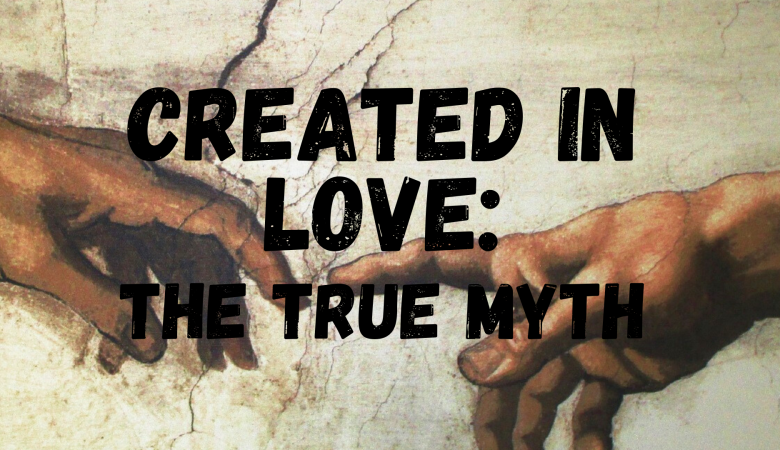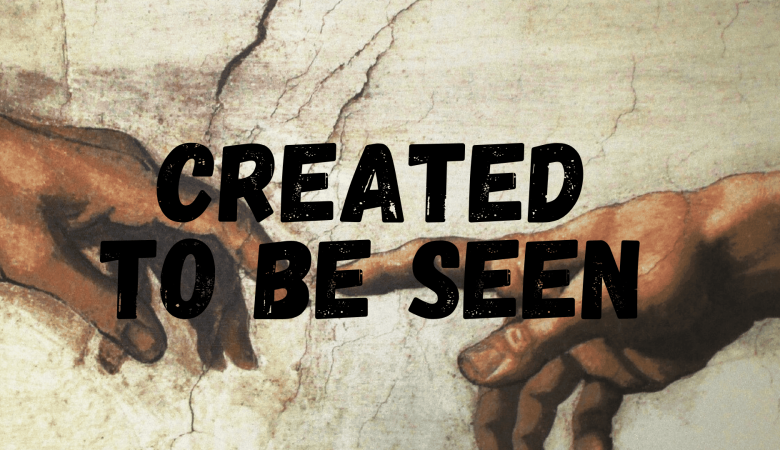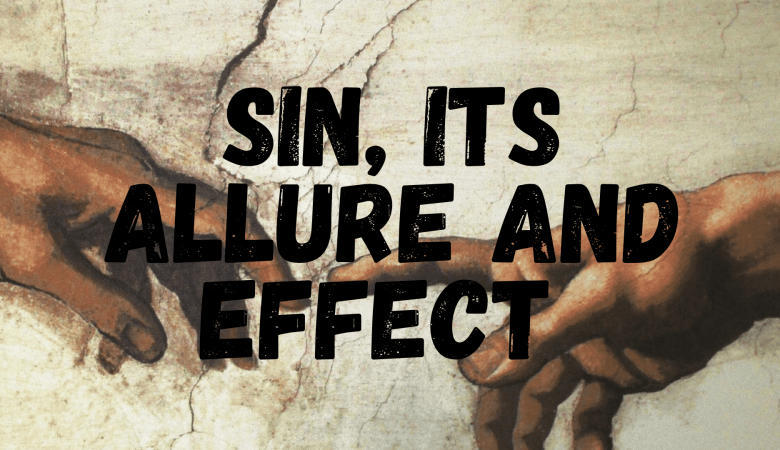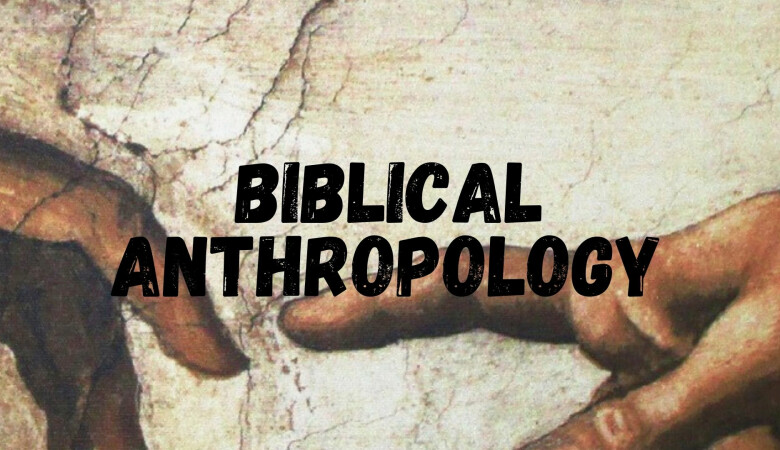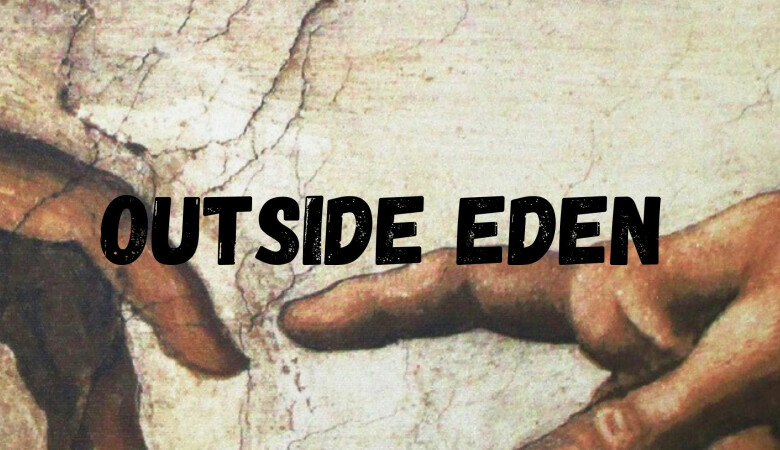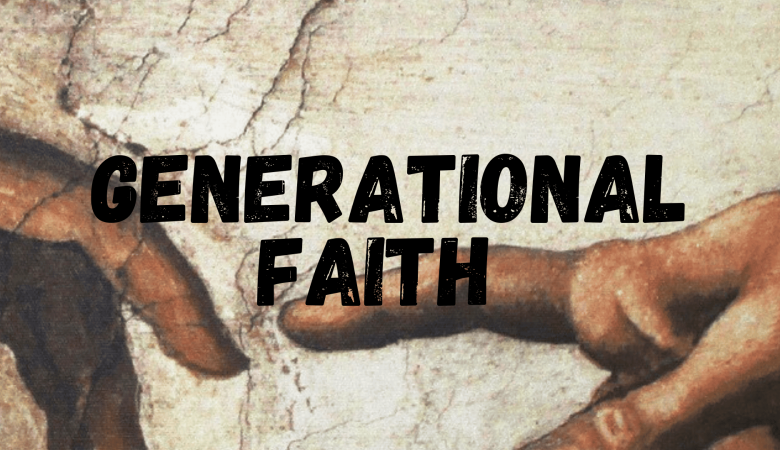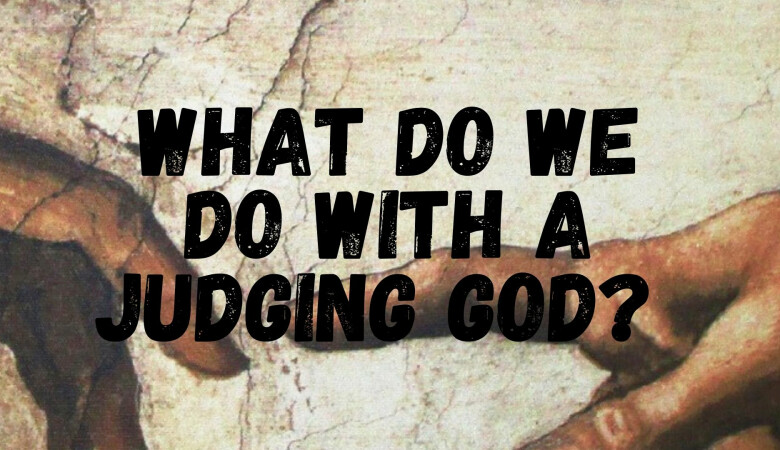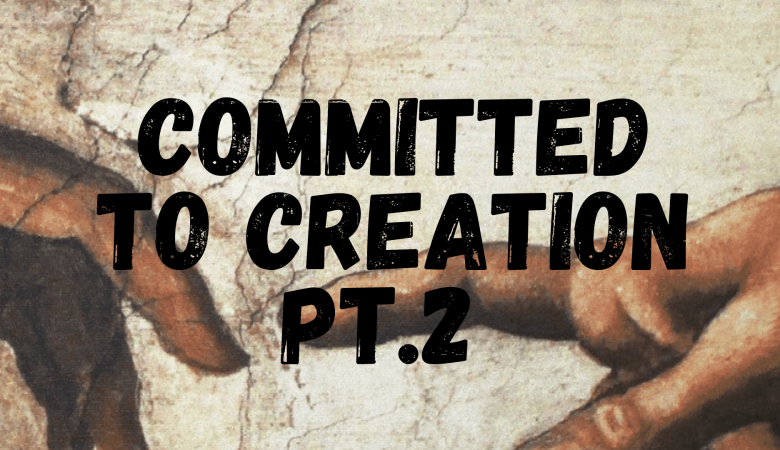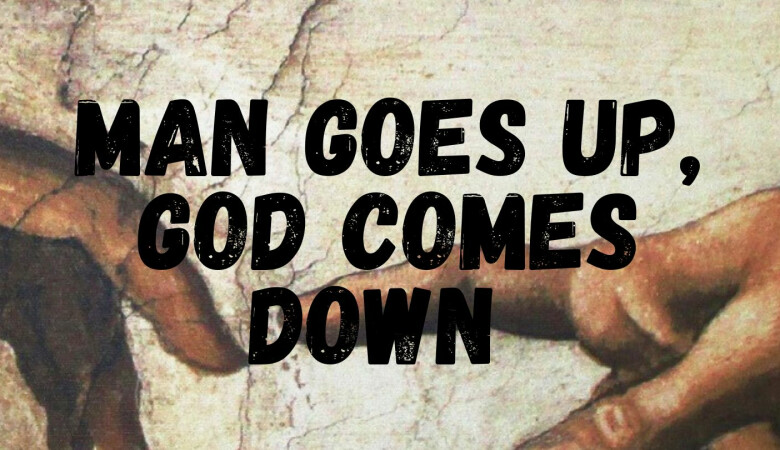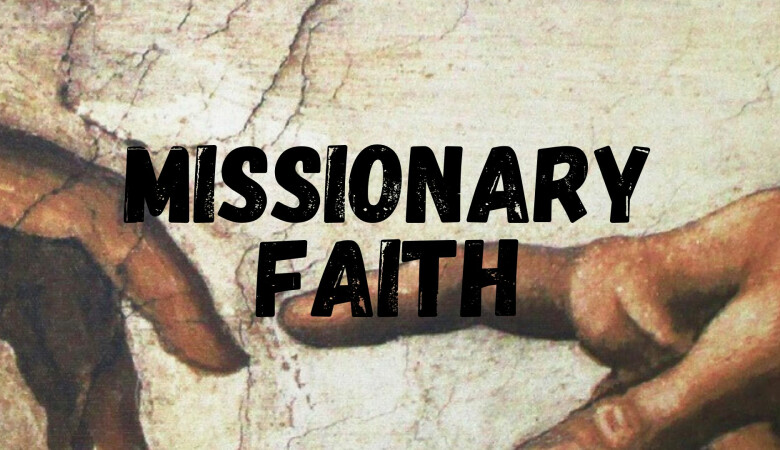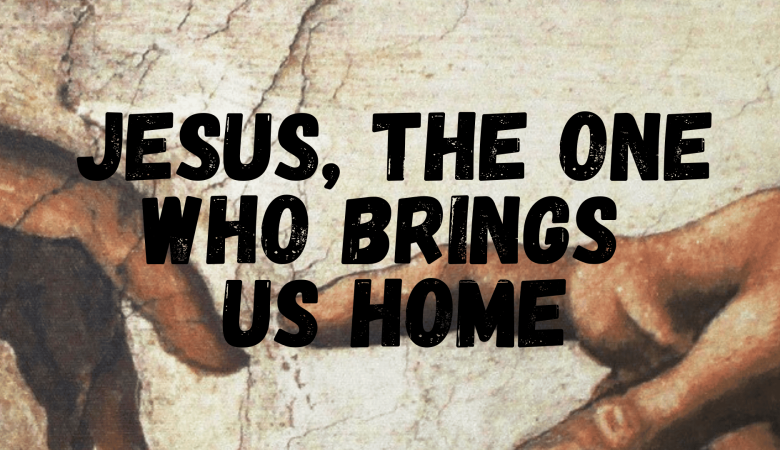Series: Created in Love
Created in the Image of Love
September 22, 2024 | Peter Rowan
Passage: Genesis 2:4-25
ALL SERMONS IN SERIES
Summary
What are we? What are we as humans? Sometimes we feel and we know that we were made to be more majestic than we experience. We are like a spray-painted dog who looks like a panda, but we haven't been made to be a farce or to be hollow but to be whole. The Bible teaches at the beginning that we are made with love and care and attention, that we were made in the very image of God, and that we were made for a life of dependence. This image bearing is who we are as humans (marred though it now is). This dependent life of faith and trust was not just a call to not eat the fruit of the garden, but an ongoing call from God to a life of Faith.
Transcript
Just a couple of days ago a story came out about a zoo in southern Guangdong province in China saying that two of their most beloved animals were not what they seemed to be.
CNN’s article about this deception began this way: "A zoo in China has admitted its star attraction, two so-called pandas, are just painted dogs. The fluffy Chow Chow dogs painted to resemble the country’s beloved national animal.”
What’s kind of wild is that the article later on says this: “In May, a zoo in eastern Jiangsu province sparked outrage after visitors discovered it painted two dogs black and white to resemble pandas. Following widespread criticism, the zoo admitted the ruse.”
You know, when I read the first part I was like, “Well, I bet that’s actually pretty cute, even if it is a lie.” A chow chow painted black with a white head and black eyes, I mean, I could maybe get behind that. But then to read on, now I’m thinking “Are the pandas that I’ve seen even real? Do pandas even really exist? How widespread is this farce and are we all just being duped?”
Well, kidding aside. I read this and I thought of the question: what constitutes a panda? And I probably had that question because I also had Psalm 8 in my mind “What is man? What is man that you are mindful of him?” And I had psalm 1:26 in mind: “Let us make man in our image, after our likeness”? And I’ve had this questions swirling around: What are we? What are we?
Now, I was thinking of that questions because of something I said last week that bears repeating: These texts of Genesis were not written yesterday and to 21st century Americans with our post-enlightenment bent towards the belief that the only things that are true are the things you read in a scientific text-book. No, instead, these texts are attributed to Moses. Jesus says as much in our Matthew text when Jesus says that from the beginning they were made male and female and this was his reason against no-fault divorce. Anyway, Moses was writing or compiling these texts to a group of people who had spent the last 400 years in slavery in Egypt. They had lived as the low of the low, doing the bidding of their masters who’s greatest God was Ra, the sun-god. And these slaves are being delivered by the God of their father, Abraham, Isaac and Jacob, and right here at the beginning Moses, at least on some level is reorienting them to who God is and who they are. And while this is a text originally to them, that is something we need to hear today.
So, who are we:
Well, we could definitely answer that question in a lot of ways, but I want to answer it with these three answer:
Created in love
Created in the Image of God
Created for dependence
- Created in Love
God did not need to create. I said this last week. He did not need to create, he wanted to. And he did not create out of violence, but out of care. And when he created, what we read in Genesis 1 over and over again was that he saw what he created and said it was good. God, Father, Son and Spirit, existed in perfection from eternity past and yet out of mutual love created.
But more specifically, he created humankind, male and female out of love.
If you have you Bible open or if you can grab one of those Bible’s in front of you, I want you to turn to Genesis 1. Ok, if you have that open now what you will see is God created in rather big brush strokes. Verse 3 - Let there be light. You know light and darkness. Big brush strokes. Verse 6 - Let there be waters. Big brush stroke. And so on. You know. Land. Plants. Stars. Seasons. Birds. Livestock. Then, much more particularly, humankind. Details. The song of creation has it’s climactic bridge. It’s a shift.
And this detailed shift become almost all of the second chapter of the book. Chapter 2, many call a second creation account, but I want you to think of it like a map. Maybe it is a map of Pennsylvania and you have on the side of this big map (kids and anyone under 25, there used to be a thing called a map that was made out of paper and your would have to unfold it), well on the side of the map and on the back were more details of Pittsburgh and Philly and Allentown and Harrisburg. And that’s sort of a good way of understanding Genesis 2. Detail. Attention. Care. Love.
Look at verse 7 of chapter 2. 7 then the Lord God formed the man of dust from the ground and breathed into his nostrils the breath of life, and the man became a living creature.
What we find is intimate care. An artist forming. Creating. Touching. Breathing. God grabbing ahold of you face and giving you his very breath, the breath of life.
Beyond this, what we see is that God makes a garden, God begins to do the work of tending for the creation he has made, and he puts man there.
If you look down in verse 22-24, we see this careful creation continuing:
21 So the Lord God caused a deep sleep to fall upon the man, and while he slept took one of his ribs and closed up its place with flesh. 22 And the rib that the Lord God had taken from the man he made into a woman and brought her to the man.
Intention, care, detail.
After each day of creation God says “Good”, but after the creation of humankind in his image and with his detailed loving care, he says “Very good.”
What I am saying is simply this: you were created in love. Creation is not first sinful creation, it is loved creation. Humankind is not first sinful, it is loved.
- S. Lewis, writing in his great work “The Weight of Glory”, said, “There are no ordinary people. You have never talked to a mere mortal. Nations, cultures, arts, civilisations—these are mortal, and their life is to ours as the life of a gnat. But it is immortals whom we joke with, work with, marry, snub, and exploit . . . Next to the Blessed Sacrament itself, your neighbour is the holiest object presented to your senses.
What are we? What is humankind?
Well, we can say, according to the Bible that humankind is uniquely created in love.
- Created in his Image.
Now, this is obviously an emphasis in Genesis 1.
Verse 26: “Let us make man in our image, after our likeness.
Then this is repeated twice in next verse. It’s like saying “Holy, holy, holy.” Right. If this were written now it would be italicized and boldened and underlined. Don’t miss this.
Verse 27: 27 So God created man in his own image, in the image of God he created him; male and female he created them.
Two things to note at first.
- We are creature and not God.
- We are over nature and not just a part of it.
Ok, in our world we tend to have two emphases.
- We emphasize our god-likeness.
- We emphasize our simple biological reality.
So our views of personhood go like this:
- You can do anything you set your mind to.
- You became whatever you want to become.
- We can build our lives or our society how we dream of them.
- You can choose your own identity.
- You do you (as though self-existence is a possibility for anyone other than God)
But we also go the other way.
- Think of Richard Dawkins saying something like humans are just a sack of molecules and limbs.
- Think of Peter Singer at Princeton and his view of “speciesism”. There is no special reality to humans.
- And we do this with our shame too. I mean, we individual look at ourselves and we think we are nothing and that we offer nothing to the world.
But the answer to both of these things is that we were created in the image of God.
We are like other parts of creation - we breath and we eat and we reproduce. “Adam” means “red”, but it is a homophone to “adama”, which means dust. It’s like the name “Dustin” or “Lando”. We are a part of creation. Like ferns and flies and foxes.
While we are like the rest of creation, we are also unique.
As you might imagine, there has been a lot of ink spilled about what it means to be created in God’s Image. And I think just in Genesis 1 and 2, if you had only read the Bible this far, you would have come to some interesting conclusion about that.
We are imaging a creative God.
We are imaging a speaking God. A communicative God.
We are imaging an ordering God.
We are imaging an intelligent God.
We are imaging a conscious God.
We are imaging a moral God (this is good!)
We are imagine a relational God who exist as one God in multiple person. “Let us”.
So we can say imagine has to do with these things. Creativity, language, intellect, consciousness, relationship.
But there is a very important point that I read this week. Imaging God cannot be simple something functional, or something we do, or a faculty in us. It cannot be something that we do and then present to God and he says, “Cool. Now you bear my image.” It cannot be something that is earned. Rather it is what we are. We are image bearers.
It cannot be lost of achieved or earned by some and not others.
Think about this: That means that the person you meet with severe mental disabilities is an image bearer. It means the very very young and the very old are image bearers. It means that you don’t have to cross some line of ability of intellect or age to be an image bearer. As humanity you bear his image.
Theologian John Frame, puts it this way. “We should not try to identify the image with something in us, [like] intellect, emotions, or will. The Bible doesn’t says that there is an image of God in man; rather it says that man is the image of God. We ourselves – all that we are – are the image of God.
We are part of God’s creation and we made in his image. Humbling and dignifying.
Ok, so who are well? We are those who are created in love. We are those who are Created in God’s image. Further, we are those who are:
- Created for Dependence.
So, when I first started studying for this sermon, when I was first kind of mapping out some of what I thought we would be talking about in this series, this sermon was mostly going to be about relationship. That we are relational being, made in the image of a relational God. I still think that is incredibly true. But I don’t think that is necessity the main thing happening here in this chapter.
I you have your Bible open, you might see that editors have titled this “The Creation of Man and Woman”. But if you start reading it you notice that there is a whole paragraph on rivers and about working the land and about eating food. It even talks about how, in verse 9 God makes spring up every tree that is pleasant to the sight and good for food. Like, this is about flowering cherry trees and pansies and nasturtiums and other edible flowers. And there is the whole part where God brings all of the animals to Adam for him to name them (which is a place of authority) and out of that Adam notices that he needs an “ezer” a helper, a supporter.
What I’m saying is that while, yes, the main point of this chapter is the full creation of humankind in God’s image and that means male and female, I think the big thing that is here is that we are created by God for dependence.
We are created for dependence on rivers on water. I mean, you can only live for about 3 days without water.
We are created for dependence on food. It is possible to live about 2 months on only liquids, which is amazing. Fasting for 40 days is actually very doable.
We were created for dependence on other creatures. Animals and livestock. The love you have for your dog and your cat is not silly. Well, maybe.
We are created in dependence on other humans. Now, specifically, I do think this passage is a marriage passage. That is how Jesus uses it in Matthew 19 to say that marriage was between one man and one woman. But it is not just that. After all, our Lord was single, Paul was single, the Ethiopian eunuch was single, Corrie ten Boon was single, as was Julian of Norwich and John Dietrich Bonhoeffer and John Stott, and many many many faithful Christian throughout church history have been single. Paul even encourages us to consider that there are times when singleness ought to be preferred.
We are created in dependence on other humans. We were made for community. We were not made for isolation.
But most of all, we were made for dependence on God.
There is a legit questions regarding this tree in the grading? What gives? Why, God, why, put this tree in this garden that looks so good to the eyes and all the rest and tell Adam not to eat of it or he will die? Why do that? Interestingly, Adam doesn’t ask that.
Think about this. Here is a world that is teaming with fecundity. It’s fertility seems to be overflowing. It is teaming with life and with beauty and with abundance.
And why not eat this tree? Well, because of trust. Because of faith. Because of dependence. Because God said so.
This is not arbitrary, this is relational. This is dependence. God is not aiming at compliance, he is inviting trust. Faith. In doing this, he is reminding Adam that he is not God. In giving him this garden, he has told Adam that he will care for him, but in giving him the tree he is also telling Adam that he must trust him. We are going to get to what happens next.
But I want you to think with me about the chow chow, pandas and the original audience. Well, let me at least try to wrap it up.
Panda’s are majestic. There is a reason they are so loved. And can you imagine this rather playful, but also comparatively pathetic chow chow trying to be a panda? And I can imagine, very easily what 400 years of slavery does to a people. It beats you down. We have some sense of what it has done in our own country. It makes it hard to lift your head.
And into this setting God says, “I made you. And I made you, each one of you, the young, the old, the able and the not-so-able, the articulate and tongue-tied, in my image, in my likeness. But you must trust me, you must live a life of faith. It is the only way to life.”
Friends, again, the Christian message really is different than any other. The God who makes all things, created you in love. He created you in his image. He created you for dependence. And while we spurn his love, while we mar his image, while we reject him and his care, he comes to us in Jesus and redeems us with his love.
Series Information
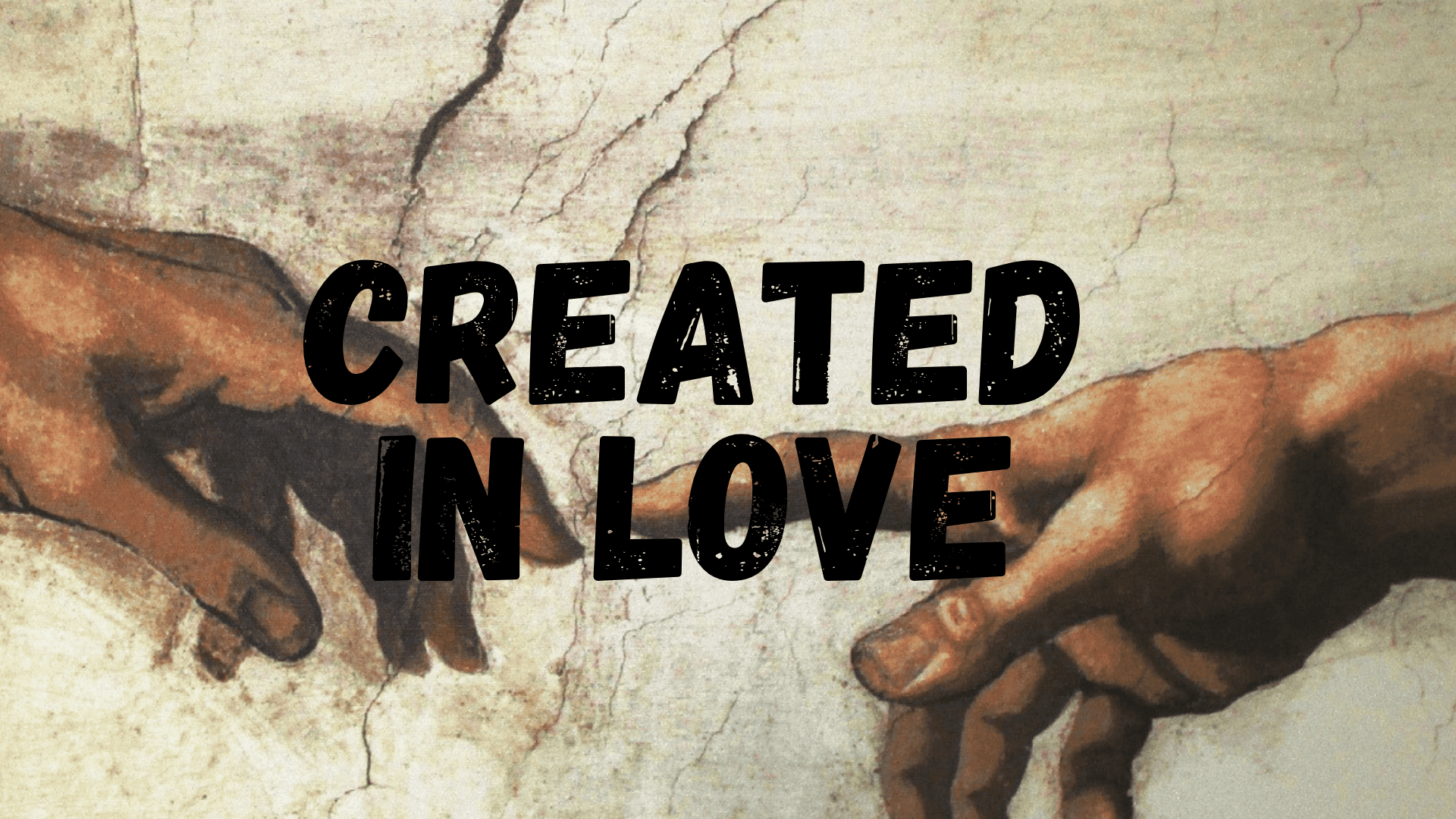
The first 11 chapters of Genesis are the origin story of all that is. In it we find unexpected account. It is not written to satisfy our desire to know the “how” As we will see, these 11 chapters are far more concerned to tell us “who” creates, and what becomes of the “good" world he hands his image bearers.

